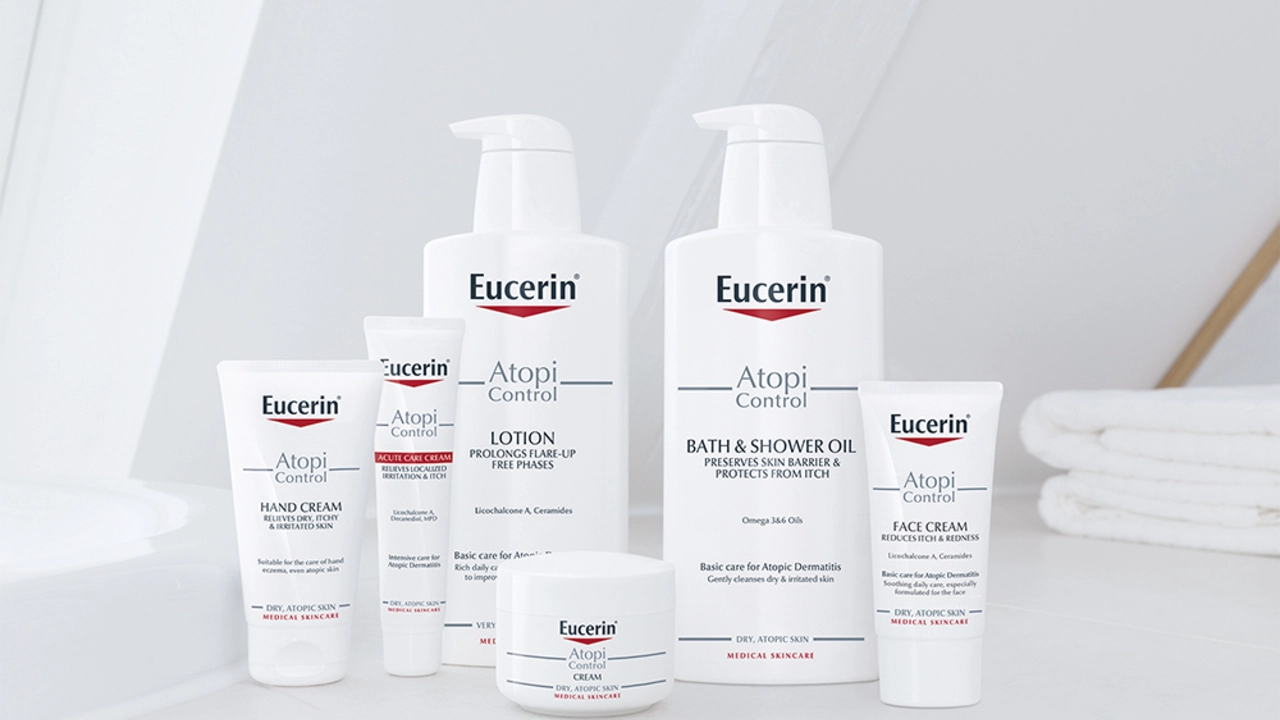Atopic Dermatitis: What It Is and How to Manage It
If you’ve ever had an itchy, red rash that won’t go away, you might be dealing with atopic dermatitis. Also called eczema, it’s a skin condition that makes the skin dry, inflamed, and super itchy. Most people notice it in childhood, but it can stick around or show up later in life.
Common Symptoms and Triggers
The first sign is usually patches of red, scaly skin that feel tight or burn. These spots often appear on the elbows, knees, wrists, neck, or face. Scratching gives temporary relief but can break the skin, leading to infection.
Triggers vary from person to person. Common culprits include:
- Dry air or low humidity
- Sweaty clothing or harsh fabrics like wool
- Soaps, detergents, and scented products
- Food allergies (milk, eggs, nuts)
- Stress and changes in temperature
Keeping a simple diary can help you spot patterns. Write down when a flare starts, what you ate, and any new skin products you used.
Effective Treatment Strategies
The goal is to calm inflammation, restore moisture, and prevent future flares. Here’s a practical routine you can start today:
- Moisturize right after showering. Use a thick, fragrance‑free cream or ointment while the skin is still damp. This locks in water and reduces dryness.
- Choose gentle cleansers. Look for products labeled “syndet” or “for sensitive skin.” Skip bar soaps that strip natural oils.
- Apply topical steroids when needed. Over‑the‑counter hydrocortisone 1% works for mild patches. For tougher areas, a doctor can prescribe stronger creams for short periods.
- Consider non‑steroid options. Calcineurin inhibitors (like tacrolimus) are useful on the face and neck where steroids can thin skin.
- Take antihistamines at night. They can help you sleep through itching, especially during a flare.
If your rash keeps coming back despite these steps, it’s worth talking to a dermatologist. Prescription meds such as dupilumab (a biologic injection) are available for moderate‑to‑severe cases and have helped many people keep their skin clear.
Don’t forget lifestyle tweaks. Use a humidifier in winter, wear cotton pajamas, and wash new clothes before wearing them. Managing stress with short walks or breathing exercises can also lower flare frequency.
At the end of the day, controlling atopic dermatitis is about consistency. A solid moisturizing habit combined with quick treatment when you feel an itch will keep your skin calmer and reduce the chances of infection.
Halobetasol for Atopic Dermatitis: An Evidence-Based Approach

Jul, 1 2023
Health and Wellness
Caspian Lockhart
In my recent research, I delved into the effectiveness of Halobetasol in treating Atopic Dermatitis. It's a potent topical steroid that's been proven to significantly reduce inflammation and itching. I found enough evidence to suggest that this treatment can bring about substantial improvements in patients' quality of life. However, like all medications, it has potential side effects, including skin thinning, so it's essential to use it under a doctor's guidance. A balanced, evidence-based approach is crucial to assess its overall benefits and risks.
